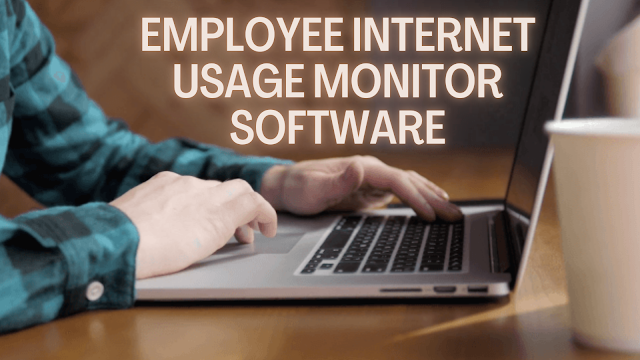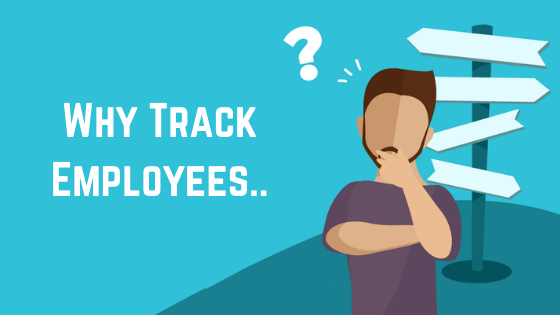In the current scenario, the internet remains the most powerful tool to manage teams and drive maximum output from them. Since everything has both upsides and downsides, the same goes for internet usage as well.
As employees sometimes take advantage of high-speed internet connection and start wasting time tumbling over their social media profiles instead of concentrating on work during paid hours.
In today’s post, we will shed some light on how internet usage monitor software impacts the overall performance of employees and thus, productivity.
How Much Time Do Employees Waste Using the Internet?
Internet and social networking sites undoubtedly create distractions, even among sincere employees. The amount of time employees waste on unnecessary actions is quite more than you imagine. Experts suggest that spending time on platforms like Facebook, Twitter, Instagram, and Google has been increasing with time.
Moreover, a few of them also surf YouTube, shopping websites, and online gaming sites. That’s a big downside for companies, especially in this stressful time of Covid-19.
Recommendation For Employers On How To Deal With Productivity Loss
Continuous loss of working hours generates numerous challenges that trick employers. As an ultimate solution, productivity management with productivity tracking software comes out and helps managers in keeping track of employee activities on the internet while they use office premises.
An ideal employee monitoring tool has all these mainstream features:
- Ability to track websites/URLs that employees access.
- Accurate duration of time spent using the internet.
- Information regarding the system on which employees work. Even, when workers have set to work-from-home modules.
- Login/logout credentials with thorough details.
- Whether the internet is used for business or personal uses.
- Alerts about employees in case they try to access prohibited websites.
Hence, the use of internet usage monitor software adds on a few more dollars to your business expenses, organizations gain massive benefits using it. Employees start working with keen interest and try hard not to waste precious hours.
The next legit question- which software should we use to monitor internet usage?
With more and more companies embracing remote work due to Covid-19, a lot of software & technology brands rolled out their employee monitoring software in the market. These quantities can easily create doubts and misguide people. Our research and analysis determine that EmpMonitor is the leading software used by top businesses across the globe.
Its top features are:-
Measurement of productivity and loss.
Captures screenshots in real-time to take snaps as evidence when something goes wrong in a corporation.
Monitoring browser history and related activities
Review apps in detail.
Don't let your employees know about its integration.
And, many more.
What Do Employers Get From Internet Monitoring Software?
Internet tracking software offers countless valuable upsides. The biggest usefulness is the facility to catch the glimpse of internet activities, which bypasses issues like data breaching, online scams, and other painful drawbacks.
Insights breakdown the fact about an increase in productivity by 3-20 perfect (it restores low attendance, slow working habit, and unwanted deeds). That’s quite notable.
In this way, monitoring software also reduces the cost of wages. Entertaining social networking sites, including Instagram alone, can eat up approximately ¼ productivity. When counting as a whole, employers get surprising differences in the amount of ‘before & after’ work.
Why Internet Monitoring A Boon For Businesses?
Employee productivity jumps up to a 3-5% higher margin with correct internet monitoring tools in place. Things like a frequent break, late login, and alike come to an end if managers monitor employees’ actions over the internet.
When employees complete work on time, they don’t need to sit for extra hours where the employer becomes liable to provide overtime pay. As a result, companies enjoy better productivity and less nuisance using internet monitoring.
With time, companies have been shifting slightly over the internet monitoring approach, despite their budget. By the end of 2020, it seems that 90% of organizations will be using internet monitoring software.
Conclusion
Regardless of your research & proficiency, choosing the best internet usage monitor software becomes diverse with the change in organization type. We hope our practical guide eases up things and helps you out.
Also Learn, How To Implement Remote Worker Monitoring At Your Business?


















